soberguy
Brilliant_Rock
- Joined
- Mar 25, 2009
- Messages
- 650
Will natural emeralds look different under blacklights? Was an incandescent "blacklight" bulb. My emerald looked yellowish to reddish (depending on where I set it near the bulb... reddish toward the top). It doesn't fluoresce like a few of the diamonds I have, just seems to change color... Bit odd, thought I'd ask lol!





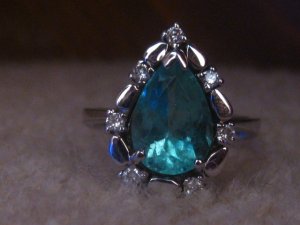
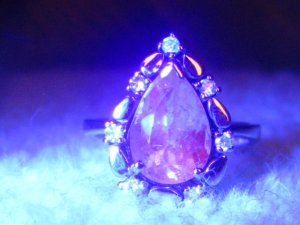

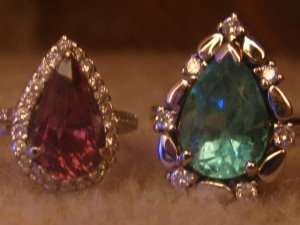
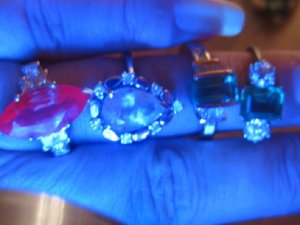
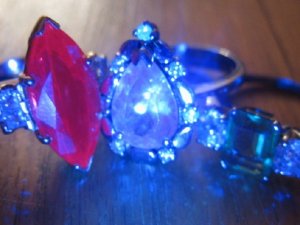
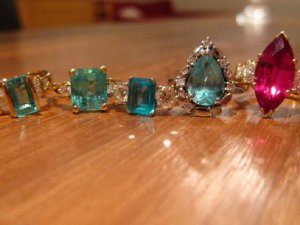
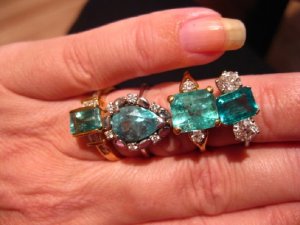


300x240.png)